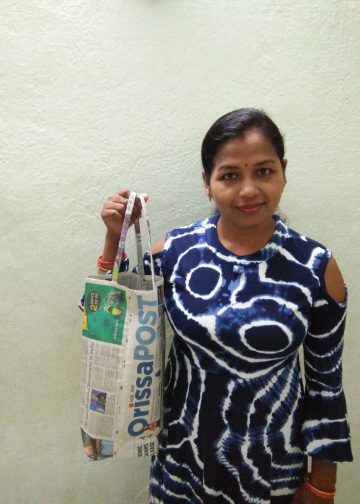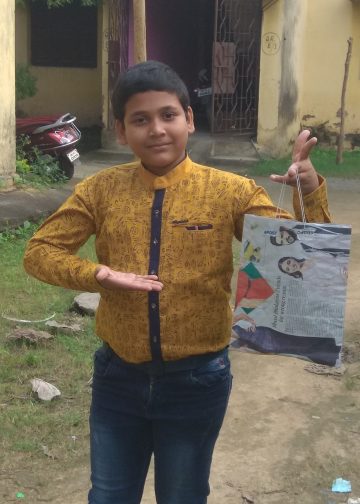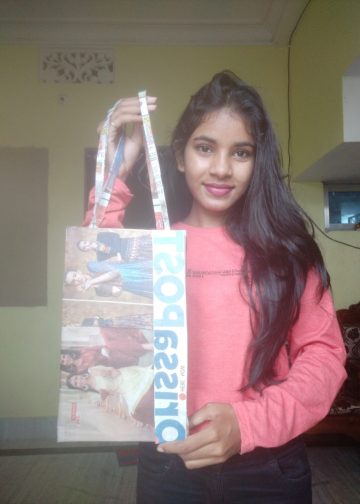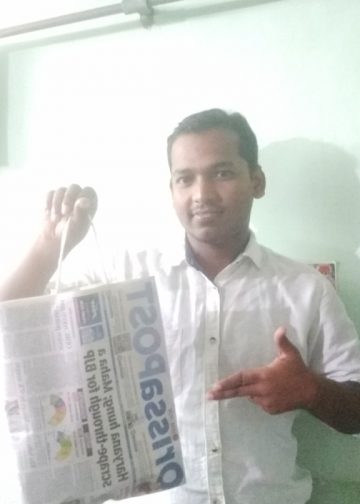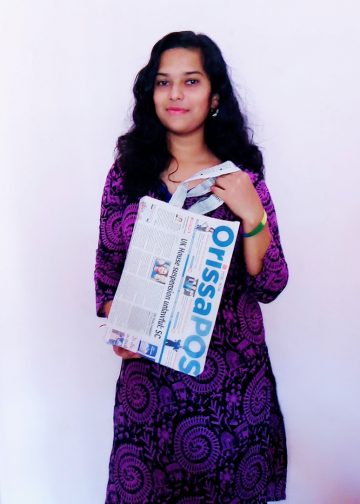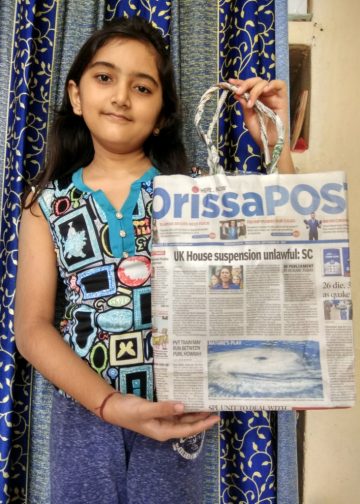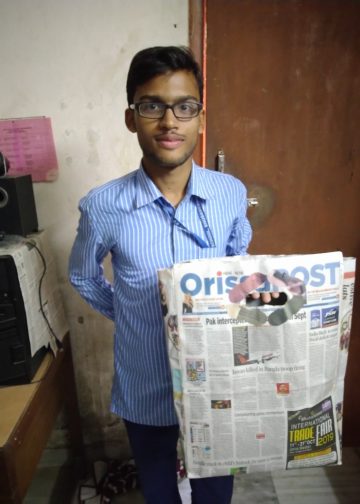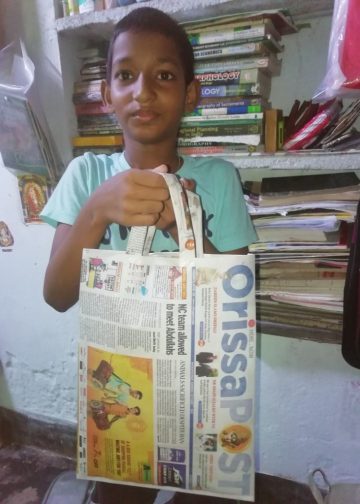Kushankur Dey & Sudhanshu Kumar
A robust banking system is necessary to meet the capital requirements of a growing economy such as India, which aspires to reach the $5-trillion mark in a few years from now. The government is looking to achieve this by merging Public Sector Banks — the latest involves merging 10 into four. It is important in this context to understand the rationale behind the proposed merger and its shortcomings.
The debate over bank merger is not new; it can be traced to the early 90s. Its associates and the Bhartiya Mahila Bank were merged with State Bank of India, and the Dena and Vijaya banks were merged with Bank of Baroda in earlier instances. As many as 30 PSBs and Private Sector Banks have been merged since 1991.
The M Narasimhan Committee had recommended merging PSBs into three-to-four large banks in 1991 when the maiden financial sector reform was initiated. The committee stressed that the banking system should evolve a broad pattern involving three or four large banks, including the SBI, which could have an international character, and eight to ten national banks with a network of branches throughout the country engaged in universal banking; local banks should generally confine to a specified region and rural banks must cater to rural areas. The Narasimhan Committee called for right-sizing the banking system to avoid the too-big-to-fail problem. Against the backdrop of the recommendations, the mega merger can be favoured.
First, most of these ‘to-be-merged’ banks are neither small to continue banking as small finance units, nor big enough to compete with global lending institutions such as foreign banks. These banks do not have adequate and diversified risk-adjusted products or services that could be sold through their ‘brick and mortar’ retail branches or go on partnering with fintech companies. They have otherwise relied on their associates, partners or sponsored rural banks for financial inclusion drive that regional rural banks or small finance banks could have engaged.
Some caveats exist with regard to bank mergers. The ownership structure for the four new PSBs will not change significantly and hence there is fear that if these big banks pose systemic threat to the economy, who will bail them out?
Second, bank deposits do not stand out as an attractive savings vehicle given the low interest rates; time or savings deposit rates would stay low as the economy matures with bigger size and economic development. These banks would otherwise have found it difficult to survive on small savings interest and thin margin from retail banking as they have to sustain customer servicing costs, transaction costs, and fixed or overhead expenses. They have eventually failed to maintain reasonable earnings spread that should come from core or commercial banking.
Third, it is expected that their focus should shift from deposit mobilisation and credit delivery at small scale (that can be taken up by small finance banks, microfinance institutions, and NBFC institutions) to big diversified lending and investment businesses. Under such circumstances, finding a niche area of doing banking business, where they could minimise the risk of lending along with serving the requirements of changing economic structure, is increasingly challenging. With economic aspiration, capital requirement for investment or augmentation of consumption expenditure by both private and public sector is humongous. The merger, therefore, is expected to bring best banking practices through competition among institutions of similar size.
Creating a few “big” banks can serve national interest. It can insure public deposits by empowering the Oversight Regulatory Agency and Financial Sector Legislative Reforms Commission and by mobilising deposits for diversified lending portfolios. It improves bank health (net interest margin or operating efficiency) and stabilise the financial system. The merged entity with sound balance sheet would provide an opportunity to reduce government control by reducing its share in the coming years.
Some caveats exist with regard to bank mergers. The ownership structure for the four new PSBs will not change significantly and hence there is fear that if these big banks pose systemic threat to the economy, who will bail them out? Another concern is that failing banks could eat into public deposits, arrest lending growth, and pose sovereign risk of larger magnitude. The Narasimhan Committee II in 1997–98 highlighted the need for ownership structure and governance and cautioned that micro-management of banks is not conducive for autonomy and flexibility.
Although the 10 PSBs cater mostly to domestic requirements, they are not similar in character or identity in terms of service area, technology processes, core capabilities and competency in terms of human resources, financial health and risk management, among other things. Besides, they need to manage old and new deposit accounts, create cultural milieu for new employees, in addition to maintaining steady CRAR to reduce cost of funds and to improve credit growth. On average, net NPAs of the banks may vary from 4.39 per cent to 6.61 per cent, CASA (deposits) would range between 30.21 per cent and 41.65 per cent, and capital-to-risk-weighted asset ratio (CRAR), from 10.77 per cent to 12.89 per cent.
What we expect from the merger is that in a competitive financial landscape, the merged banks will infuse frugal and disruptive innovations to offer low-cost products and services, maintain credit culture, and would eventually stimulate investment and consumption expenditure of real economy.
We need to wait to witness the ramifications of operational measures the government is going to take on this occasion to avoid the too-big-to-fail problem. Handling operational complexities in risk management associated with these mergers and finding a synergy in operation of merged entities will take 2-3 years. Metrics of governance and management should be in place to ring-fence commercial banking from investment banking. Customer safety and mitigating sovereign risk should be a priority of the merged PSBs. Hence, these bank mergers are part of a long-term strategy to finance investment and consumption growth and should not be a step to arrest the economic slowdown in the short-term.
Kushankur Dey is joining IIM-Lucknow as faculty. Sudhanshu Kumar is faculty at the Centre for Economic Policy and Public Finance, Patna.





